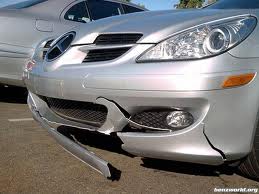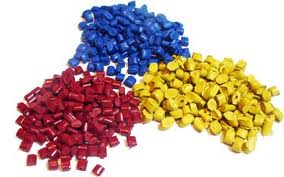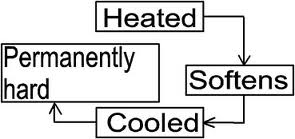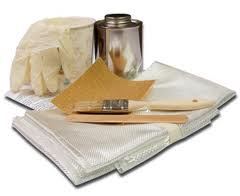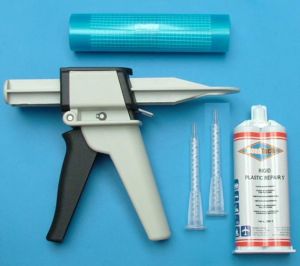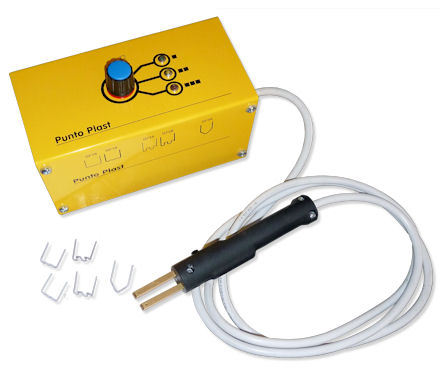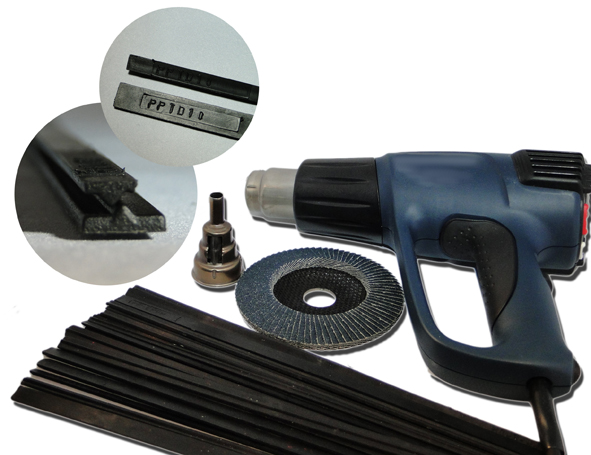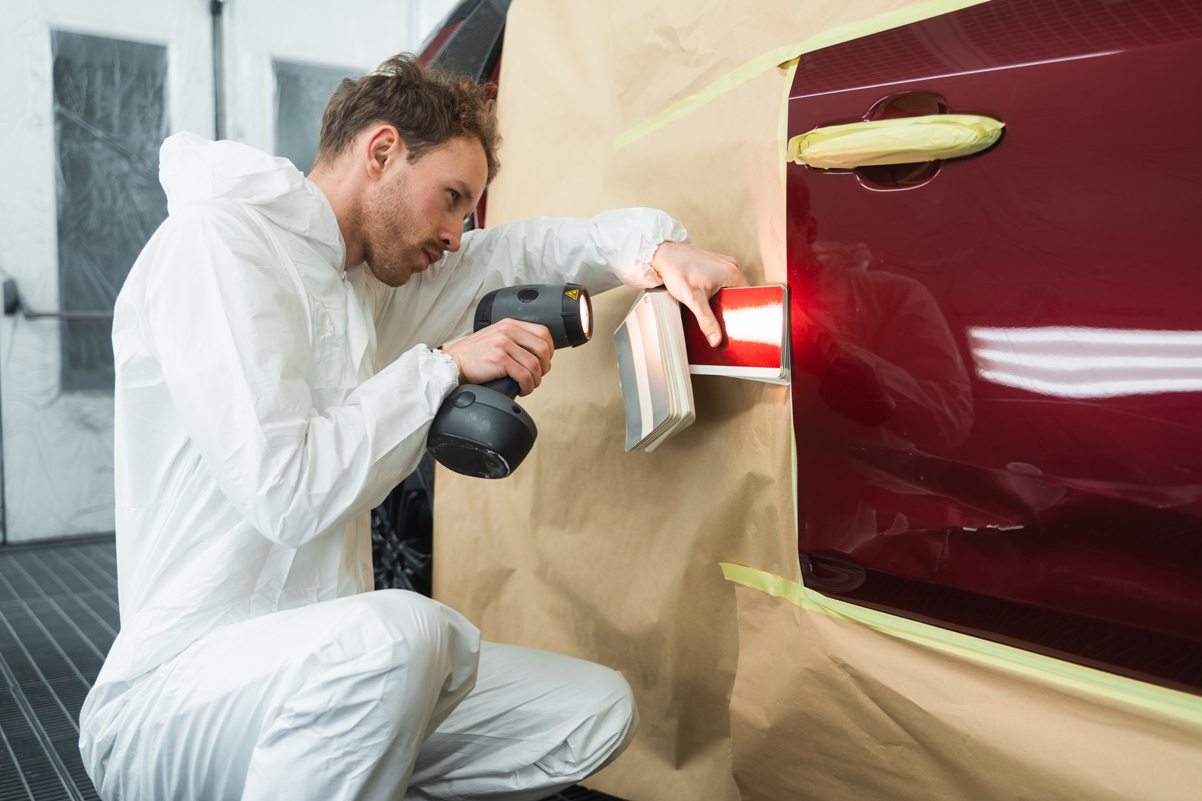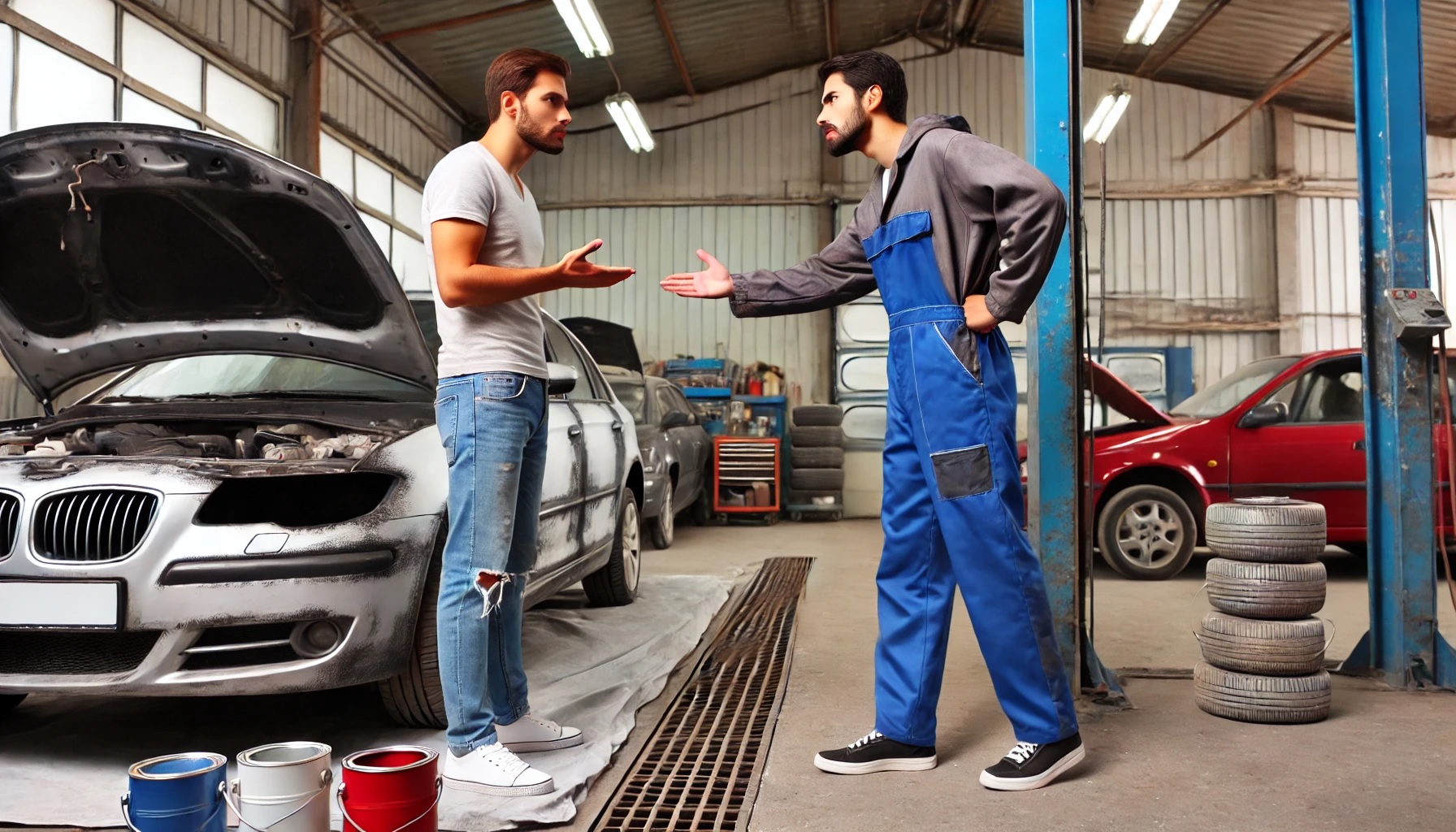Tip 2. How to earn extra money with plastic
repairs for cars and motorcycles?
A short
walk in almost every car bodyshop, and you will find old and dusty, cracked
bumpers in some dark corner. Scrap, rubbish one could say… Lost opportunity the
other could say… And I would agree with the letter.
Slightly
damaged, scratched car bumpers are everywhere, and many cars are on the roads
like that. “It is costly to replace bumper, and difficult to repair” one friend
of mine told me. Well, it is costly to replace, but with some basic knowledge
it is very easy to repair.
The market
for plastic and bumper repair is there. Fact. Not to mention cracked motorcycle
and scooter parts, so my tip #2 is: add plastics repair service to your offer
and make extra money.
Just to
mention that plastics are more and more used in automotive manufacturers due to
its low costs and weight reduction. Imagine that 10% total weight reduction of
the vehicle’s weight corresponds to up to 7% fuel consumption reduction. This
is why plastics are second most common material in car, after metals and
alloys. Thus, we will see an increasing number of plastic parts in car new
models, so let’s get ready!
In the
beginning, let’s clarify that there are many different types of plastics, and
not all of them can be repaired in the same manner.
What
types of plastics do we have?
1. Thermoplastics. This category of plastics is the most popular material for the
bumper manufacturing. Thermoplastics can be re-heated and shaped in
various ways. The most common types of thermoplastics are PE, PP, PC, ABS
etc.
2. Thermosetting plastics. It is second with a big difference after
thermoplastics, but still can be found in many American cars, as well as
in some Mercedes models. It can not be reheated to soften, and, therefore,
it is not possible to re-shape. The most common thermosetting plastic is
PU.
3. Composites. It is the least common type of plastic used in bumper production
(yet widely used as car body part). GRP is the abbreviation of glass
reinforced plastic, which is produced from unsaturated polyesters
dissolved in styrene.
The last
type, composite plastic, is very rare in bumper production, so I will skip it.
Just to mention, there are special sets with fiber mesh and catalyst to repair
GRP, which you can find in chandlery shops or general paint stores.
Identification of thermoset plastics vs
thermoplastics
It is
crucial to identify correctly, which type of plastic is used in a particular
bumper of body part. Here we go:
–
Find
the printed code of plastic on the back side of the piece. In 99% of the cases
you will find some symbols somewhere on the part. What we are looking for
something like >PP < (or PP EPDM,
PE, ABS, PUR, PC+PBT etc).
–
If
for some reason we can not find the above mentioned letters we can try the
following ways of identification, which are summarized in the below table. For
this we will have to “torture” a bit the plastic by sanding it, melting it and
trying to drawn it.
| Thermoset (PUR) |
Thermoplastic | |
| Hand sanding |
Sands powdery |
Sands in chunks |
| Melting with heat gun |
Does not melt, bubbles and smokes |
Melts nicely, like butter |
| Putting small piece in water |
Sinks | Stays afloat |
Identification of thermoplastics
In case we
realized that we have in our hands thermoplastic type, but we don’t know, which
one, we can do the following test. Taking into account that more the 30% of all
thermoplastics is PP, take one welding rod with PP marking. Heat it with heat
gun or welding module and apply somewhere on the back side of the bumper, so
that about 1-1.5cm of the rod would melt in. Let it cool down and try to pull
the rod. If it is the right type, it would be impossible to take it off without
cutting, yet if it is not the right type, it will be relatively easy to remove.
One of the available rods will most probably bond well, so pick up this one and
carry on with the procedures.
Repair methods for thermoset plastics
Thermoset
plastics generally considered easier to repair. Bearing in mind that this type
of raw material is not very popular, I will limit myself only to the brief
guide lines.
Thermoset
plastics are repaired either by using Epoxy or Urethane based adhesives. Epoxy
adhesives are easy to use and send afterwards, while urethane has stronger
bonding, but very difficult level or sand.
Repair methods for thermoplastics
We could
distinguish three major systems for thermoplastics repairs: adhesive kits (chemical bonding), metallic
staples kits and welding electrodes system. Let’s talk a little about each
system.
–
Adhesive (chemical) bonding
This is
probably the oldest system existing. The idea behind is very simple; we use a
glue to bond/fill the cracked surface. The most widely spread adhesives are:
acrylic, epoxy and urethane, preferably two-component. In the market there is
big number of producers of adhesives, which serve both DIY segment and
professionals. In addition to adhesive, usually we can find in a kit a
reinforcement mesh and filling putty for leveling.
Advantages:
- Relatively low cost
- No need for special equipment
Disadvantages:
- Limited applicability, not
suitable for the bigger damages - Different adhesives must be
used for rigid and flexible plastics - Limited storage time
–
Bonding with metallic staples
This system
appeared about 2-3 years ago, and comprises of electronic unit and number of
different shapes of staplers. These staplers are welded in the back part of
bumper, and by doing this a stable backing base is created. After the extending
parts of staplers are removed, the repaired surface looks like it was
“stitched”. Staplers normally have a few different shapes and sizes in order to
repair even very difficult to reach areas.
Advantages:
- Easy application
- Reliable, strong result
Disadvantages:
- Special welding unit needed
- Potential problems after some
time on places with extra mechanical strain or twist - Risk to weld through the
surface
–
Welding with plastic electrodes
This system
uses recycled or pure plastic electrodes, which are melted into the crack by
hot air gun or station. Electrodes bear a special code, which states for which
plastic is it suitable (like PP, PE, PP EPDM, ABS etc). The best electrodes are
those made from real recycled bumpers, since they include all supplements added
to real bumper. Also, there could be different shapes of electrodes. The best
ones are kind of triangle shape, which helps to penetrate the crack easier.
Advantages:
- Fast and easy repair
- Crack or damage is fully
filled, therefore the strength of the final result is guaranteed - No special training needed, if
the instructions are followed - Helps to protect environment by
enhancing old bumpers recycling
Disadvantages
- Risk of overheating the surface
- Hot air gun needed
As you may
see, all existing systems have their advantages and disadvantages. From my
point of view, welding electrodes repair is the easiest and most reliable
procedure, yet everyone chooses based on own preferences and availability. Whatever
system you choose, plastic parts repair should be considered by any panel
beater or painter as extra service or/and as the mean to save costs.

